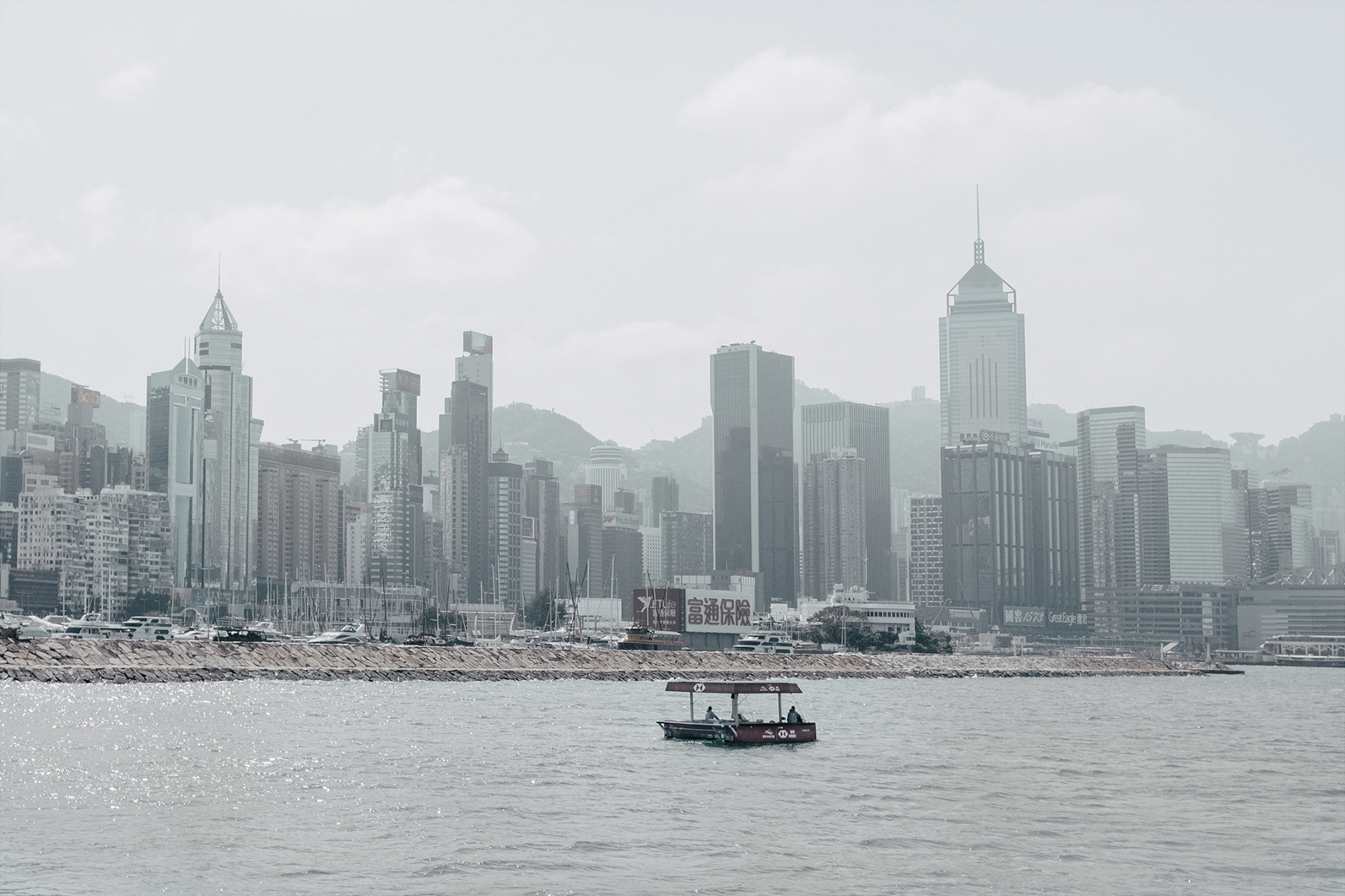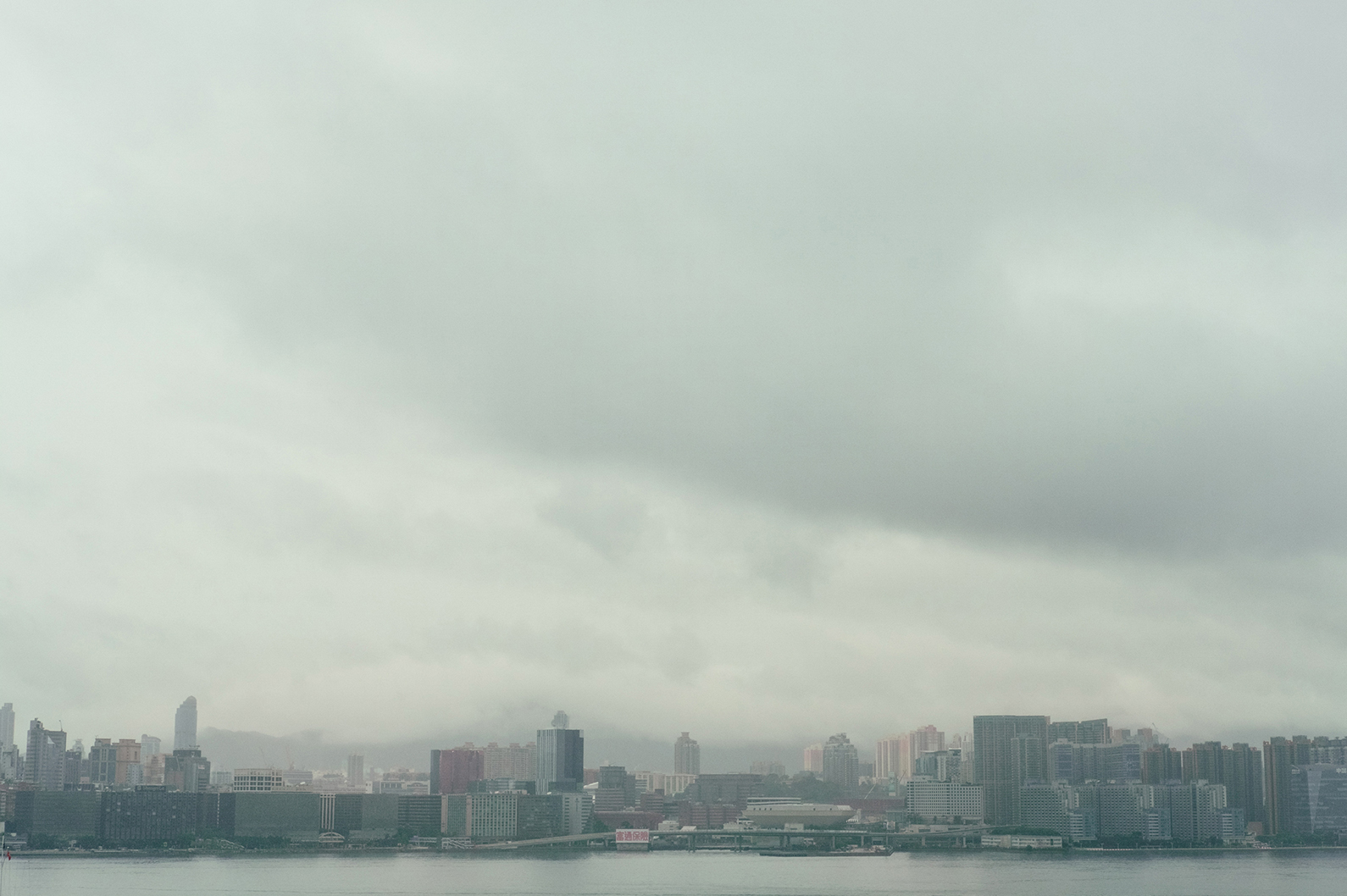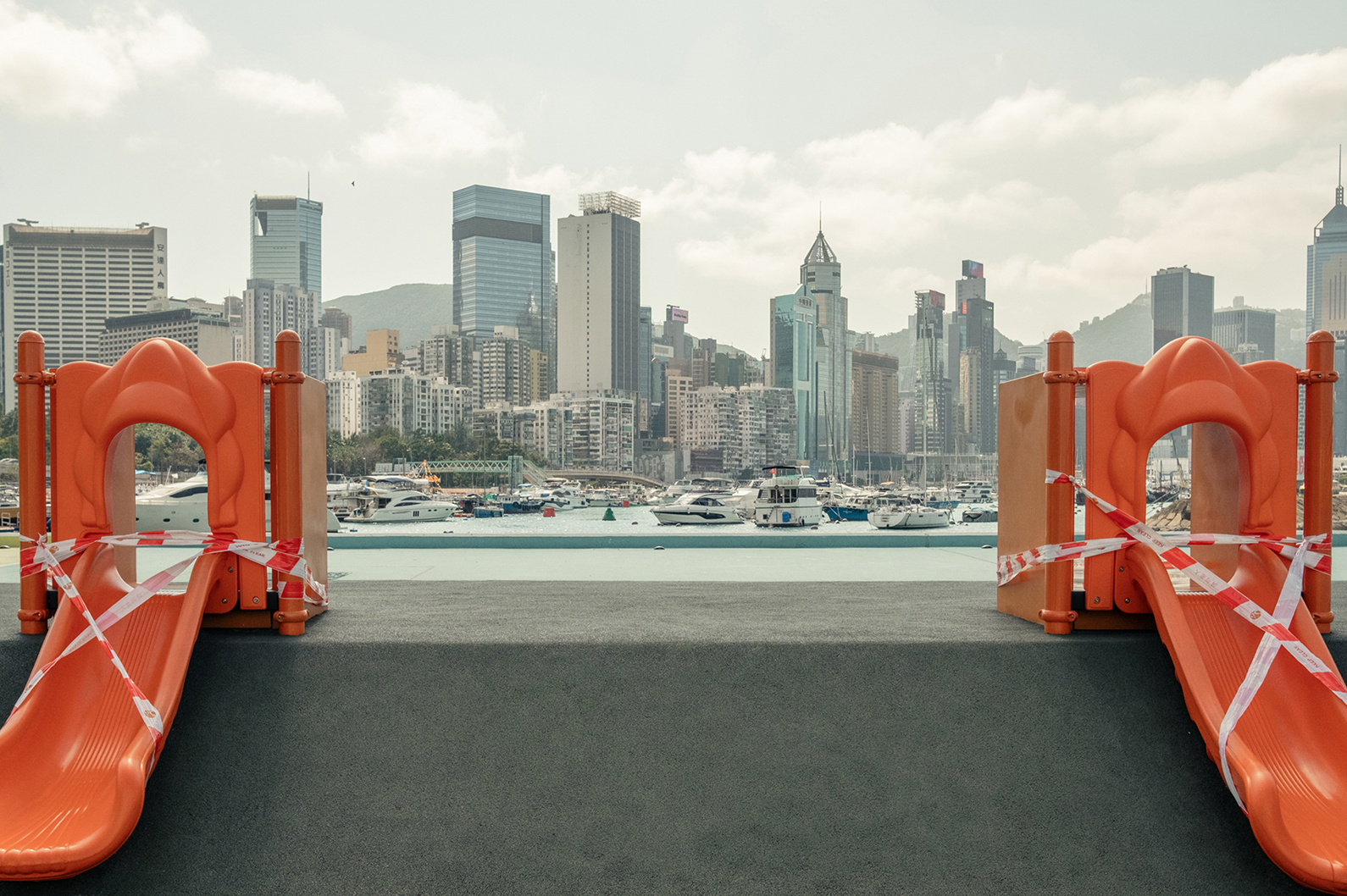
Interview Urban
Sylvain Holtermann
Sylvain Holtermann is a French photographer who lives and works in Hong Kong and documents his urban surroundings with precise composition and equal attention to color.

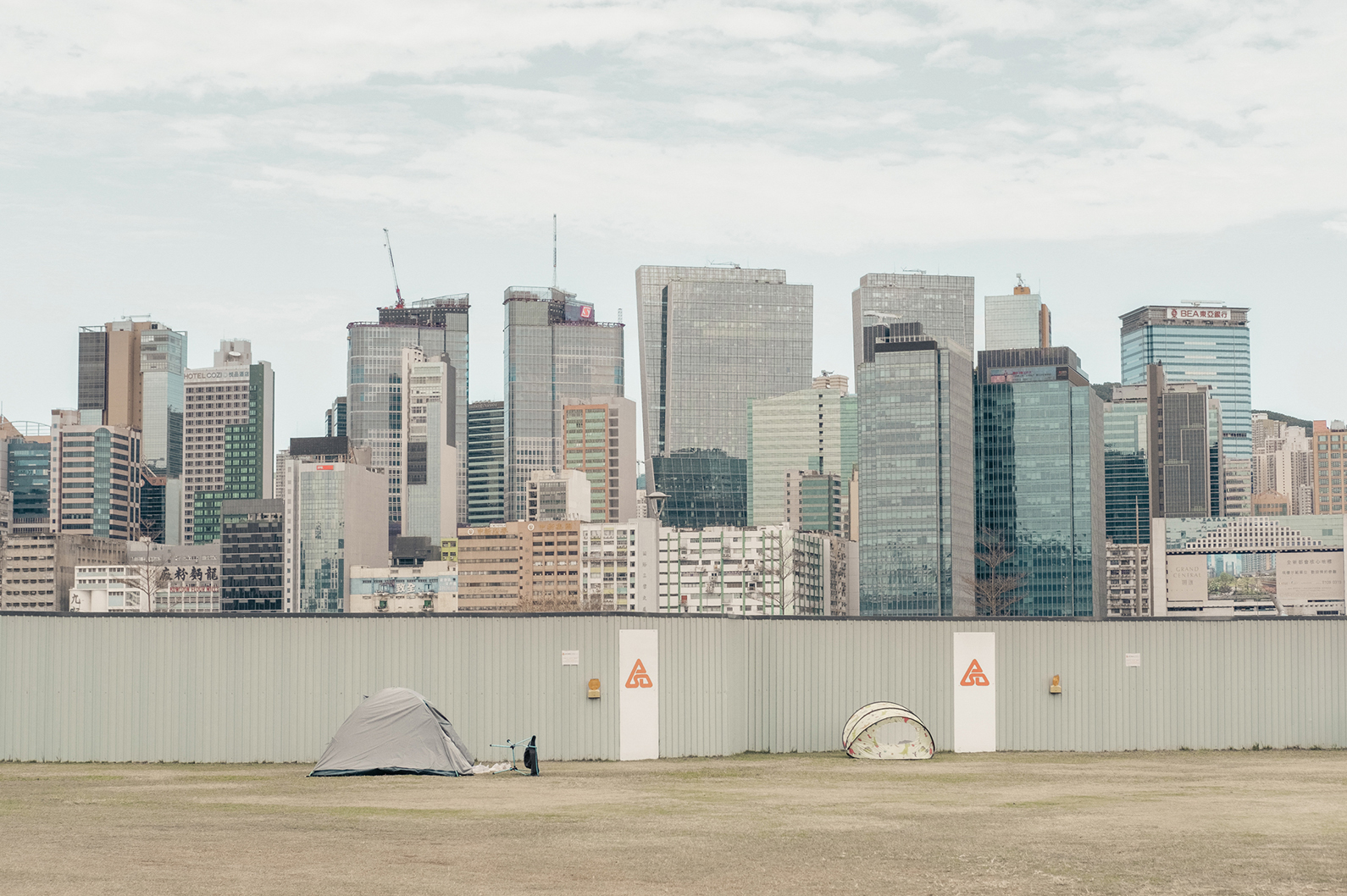
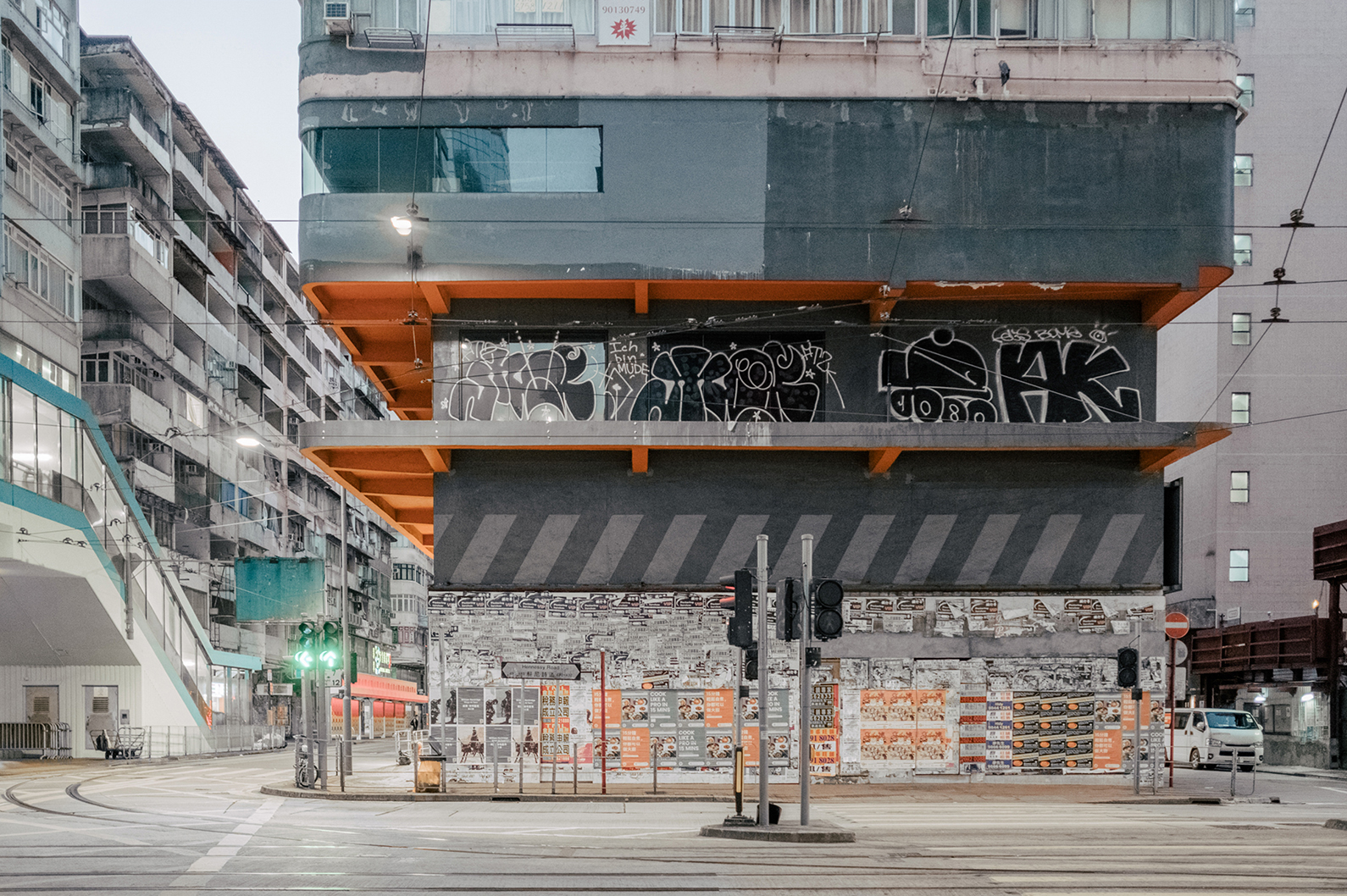
Tell us a little about your background – what path led you to becoming a photographer, and to doing what you’re doing today?
I started photography as a kid with a Kodak pocket instamatic my parents gave me. A few years later, my father taught me how to use his Pentax Spotmatic. What attracted me to photography, almost immediately, was the sense of exploration that goes with it, something that satisfy my curiosity.
At the age of 16, I had the chance to meet French photographer, Bernard Plossu. To this day he remains my favorite photographer, because of the poetry, warmth, and freedom, that you find in his pictures. Bernard Plossu is also a wonderful person. I don’t want to use the word ‘mentor’, but he was very supportive and opened the world of photography to me. He introduced me to the works of Robert Franck, Walkers Evans, and many others. We also had long discussions that shaped my approach to photography.
In 1988, I went to China where I spent two years as a student. I photographed my life there with 100 rolls of Tri-X pan Kodak generously gave me. I explored China by train, riding with ‘hard seat’ tickets. I was young, free, travelling rough and I was hungry to go places. In these years, the ’80s and ’90s, B&W was the only option for me because I could develop films and print photographs in the darkroom. I was lucky enough to spend some time with the talented French printer, Guillaume Geneste from whom I learned a lot about printing. Today he remains one of the last professional silver halide printers in France.
I participated in exhibitions in France and in China, had my photo published in some magazines but overall, I realized I would not make a living with my pictures, unless I took a more commercial route. I admire photographers who can deliver photographs on demand, but I felt that it was not for me. I moved to Hong Kong in 1995 and took a position at the university while pursuing my work as a photographer on the side. At the time the world of photography was shaken by the shift from film to digital. For me it was a long and difficult transition. In my many ways I felt lost, and it took me nearly ten years to feel at home with digital photography.
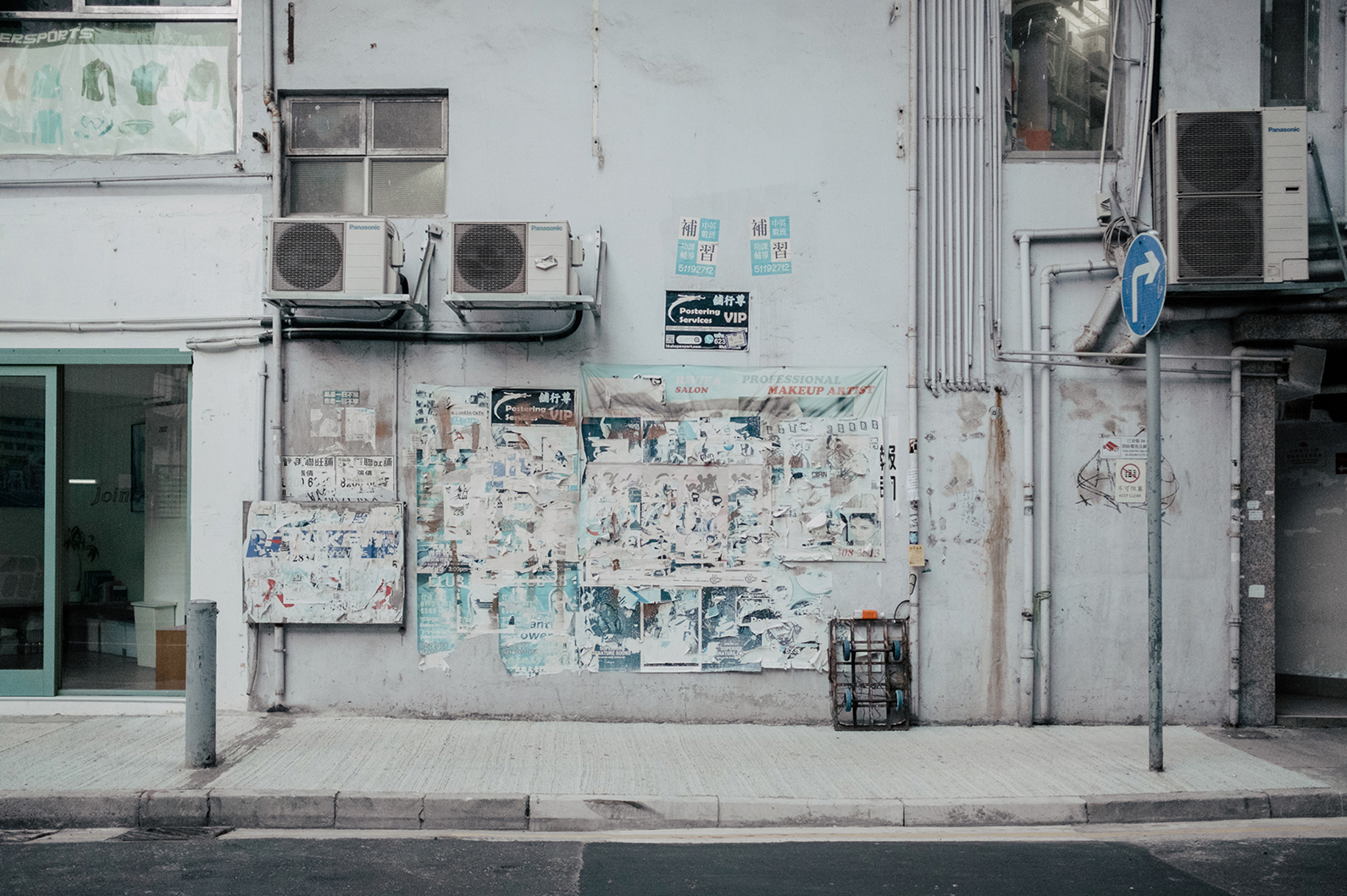
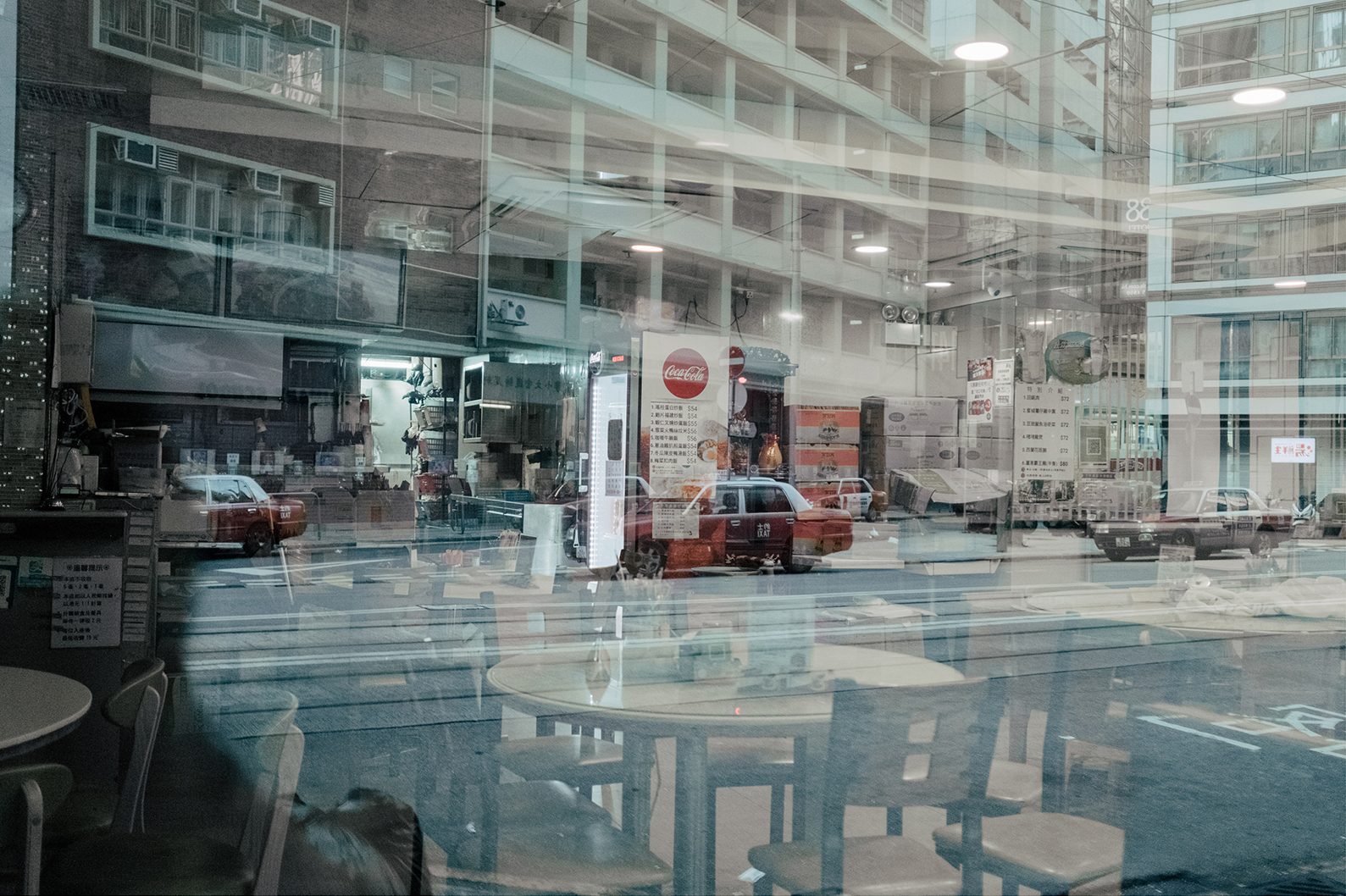
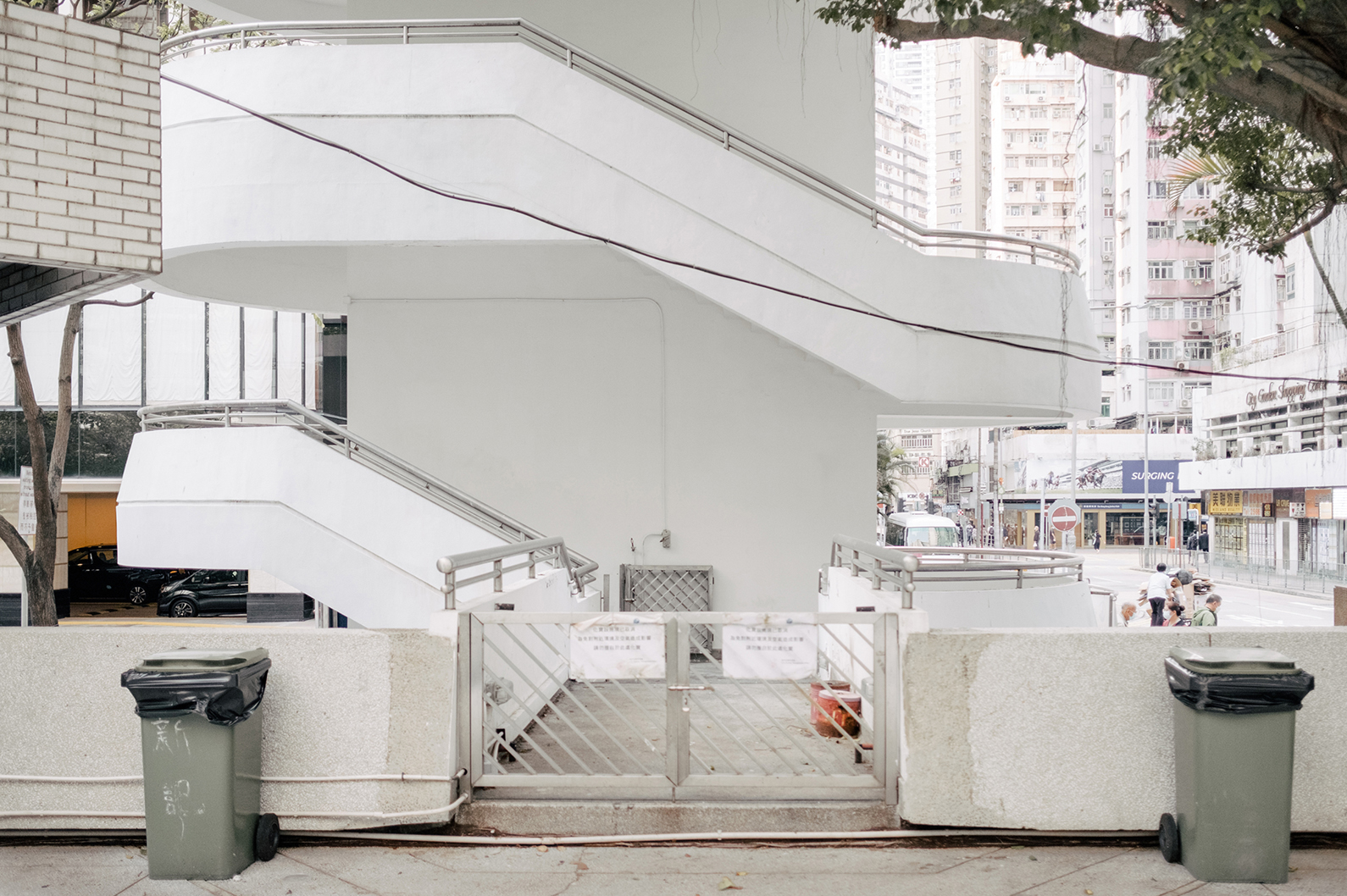
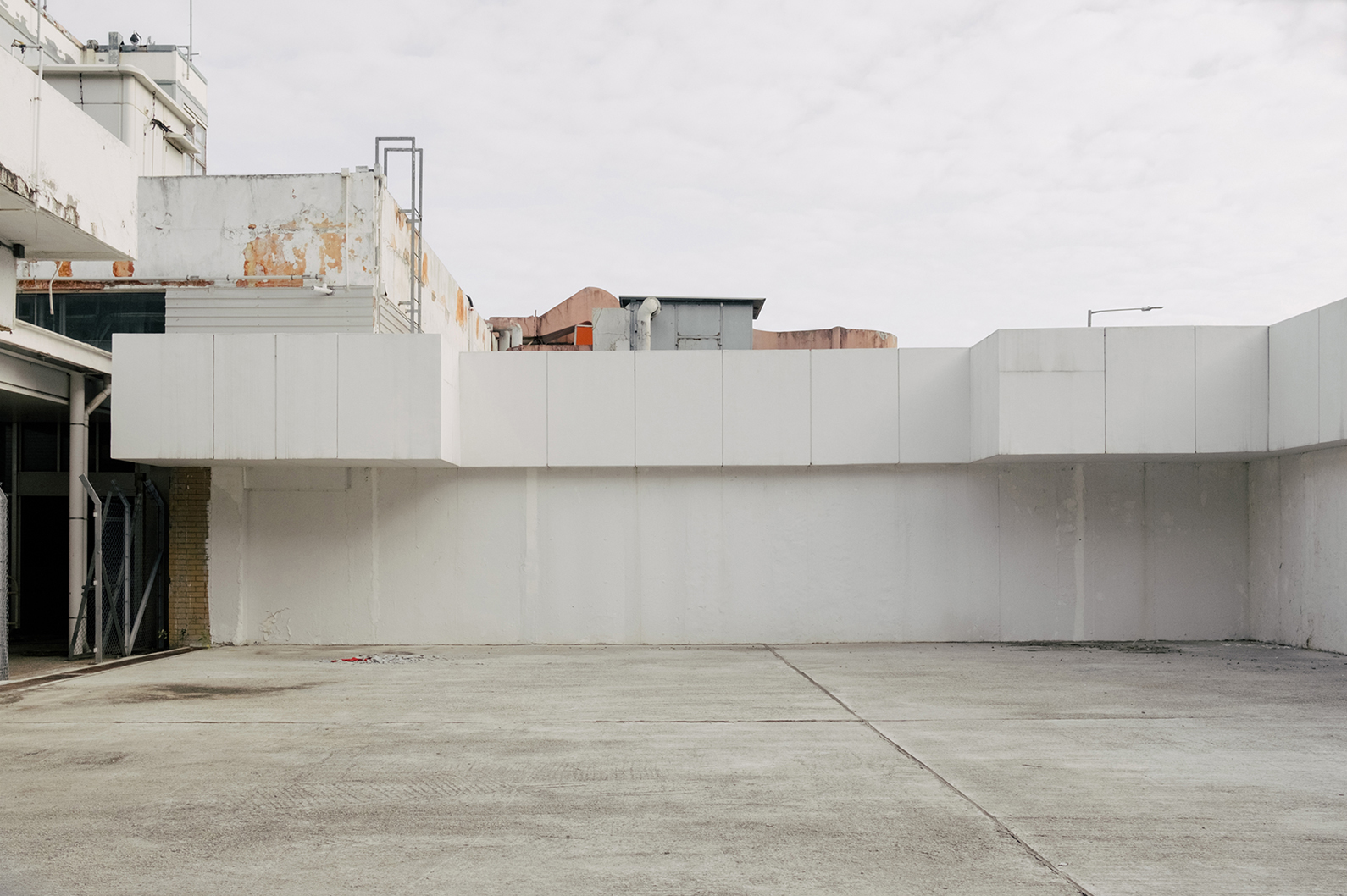
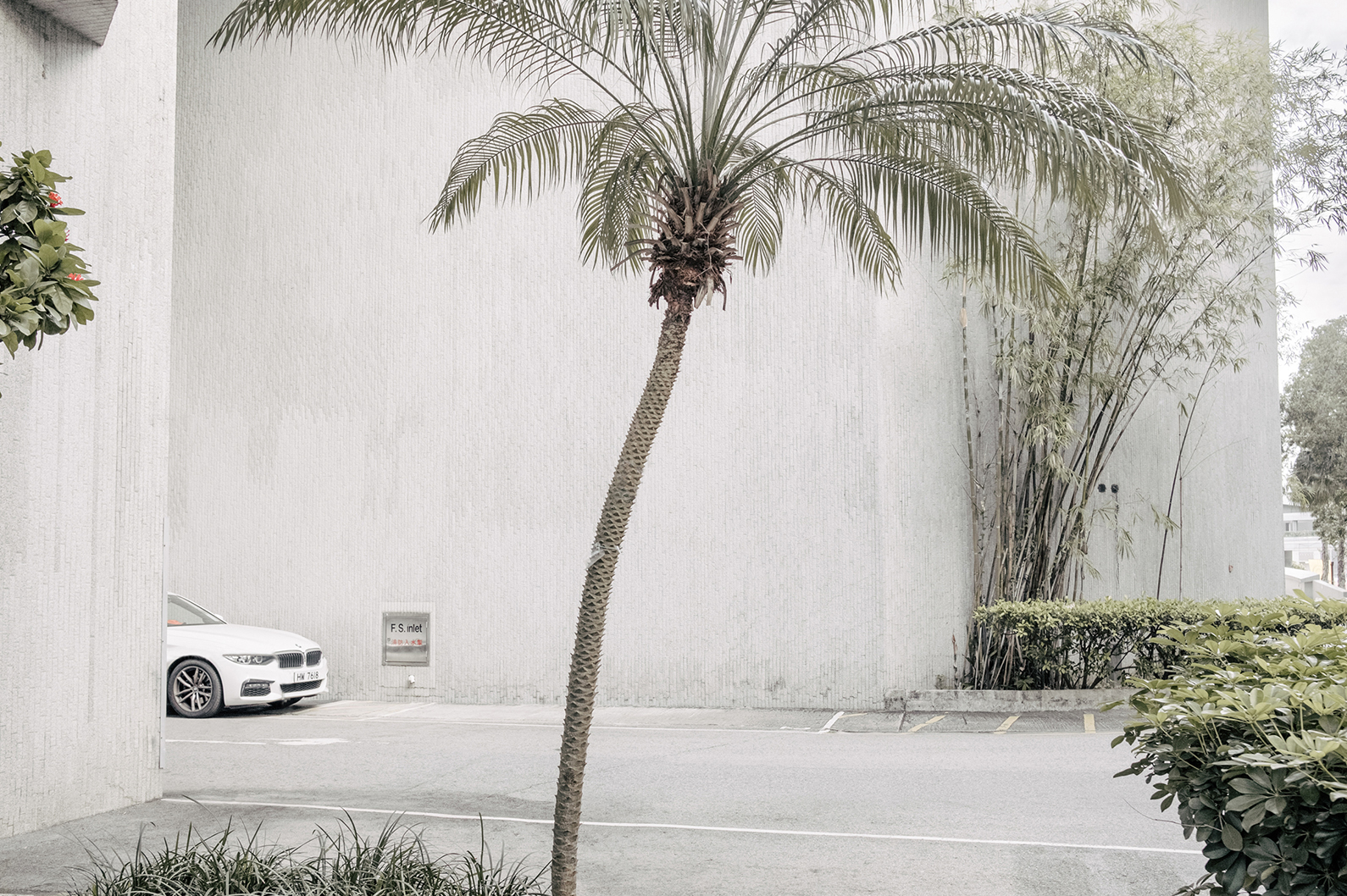
How would you describe your work?
You get to know a lot about a photographer by looking at his images. A big part of my work reflects my practice, habits, mood, etc. Overall, I think painting, more than photography inspires my work. The Impressionists, the Nabis of course, but also artists like Rauschenberg, Twombly and many others.
Elements, like the weather also play an important role in my work. The heat, the rain, the midday sun, all translates in my colour palette. I really started to explore color when I switched to digital photography, but the notion of ‘colour’ has always been important to me, even when my work was exclusively in B&W, back in the 1990s.
I am seldom attracted by the spectacular or the dramatic aspect of things. I find more pleasure in the poetry of the ordinary, the unintentional, the transitory. There is a fragility in these that I try to address in my work. Therefore, my images are often soft and nuanced. I don’t care for high contrast images many photographers are after. I am also very interested in experimenting with multiple images, combining them, making collages. After all, like painting or music, photography is a creative process.
Living in Hong Kong for more than 25 years has also influenced my work. The city, like many others has a strong visual identity, that photographers tend to incorporate in their works. The result is often a collage of epitomes that coincide with our mental image of the place. In the process, elements that ‘do not fit the puzzle’ are often left out. These ‘significant in-betweens’ are important to me because they are part of my daily life. Hong Kong is a fascinating place that combines dense urban areas, mountainous landscape, tropical vegetation and, of course, the sea. Nature here is neither completely tamed nor genuinely wild. You can feel the constant struggle between man and nature. Recently, I started to focus on the resilience of nature in the context of urban development.
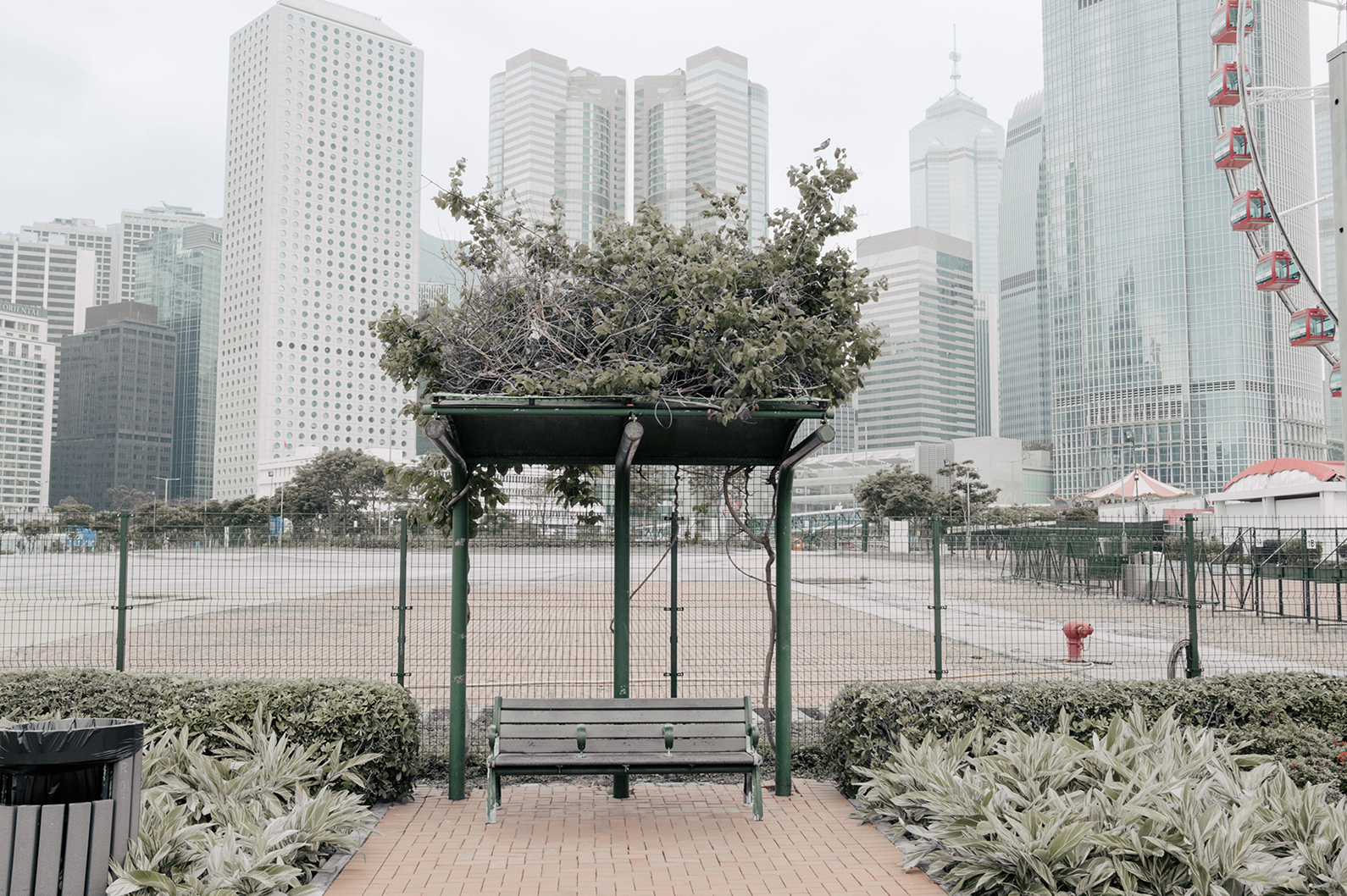
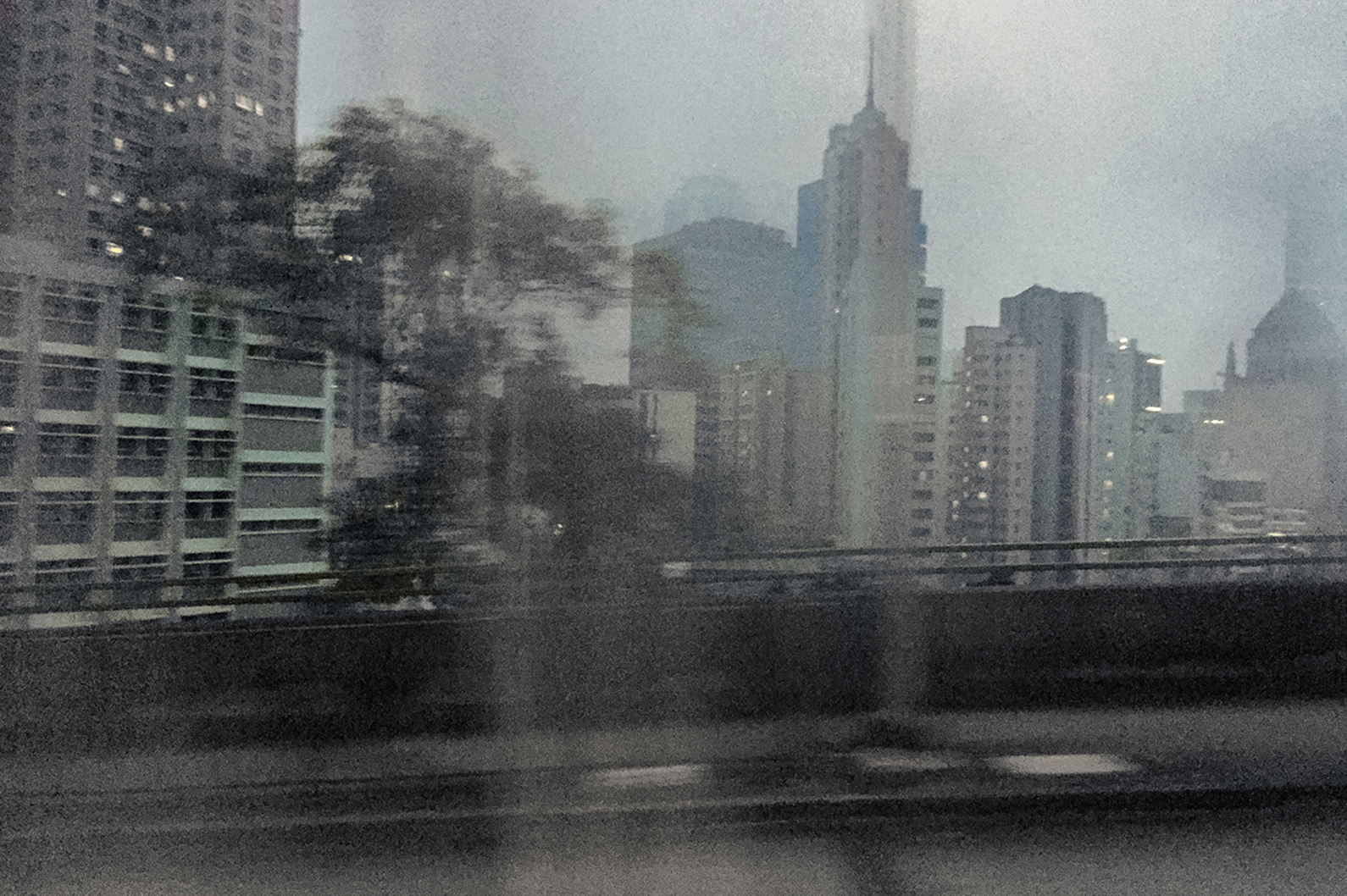
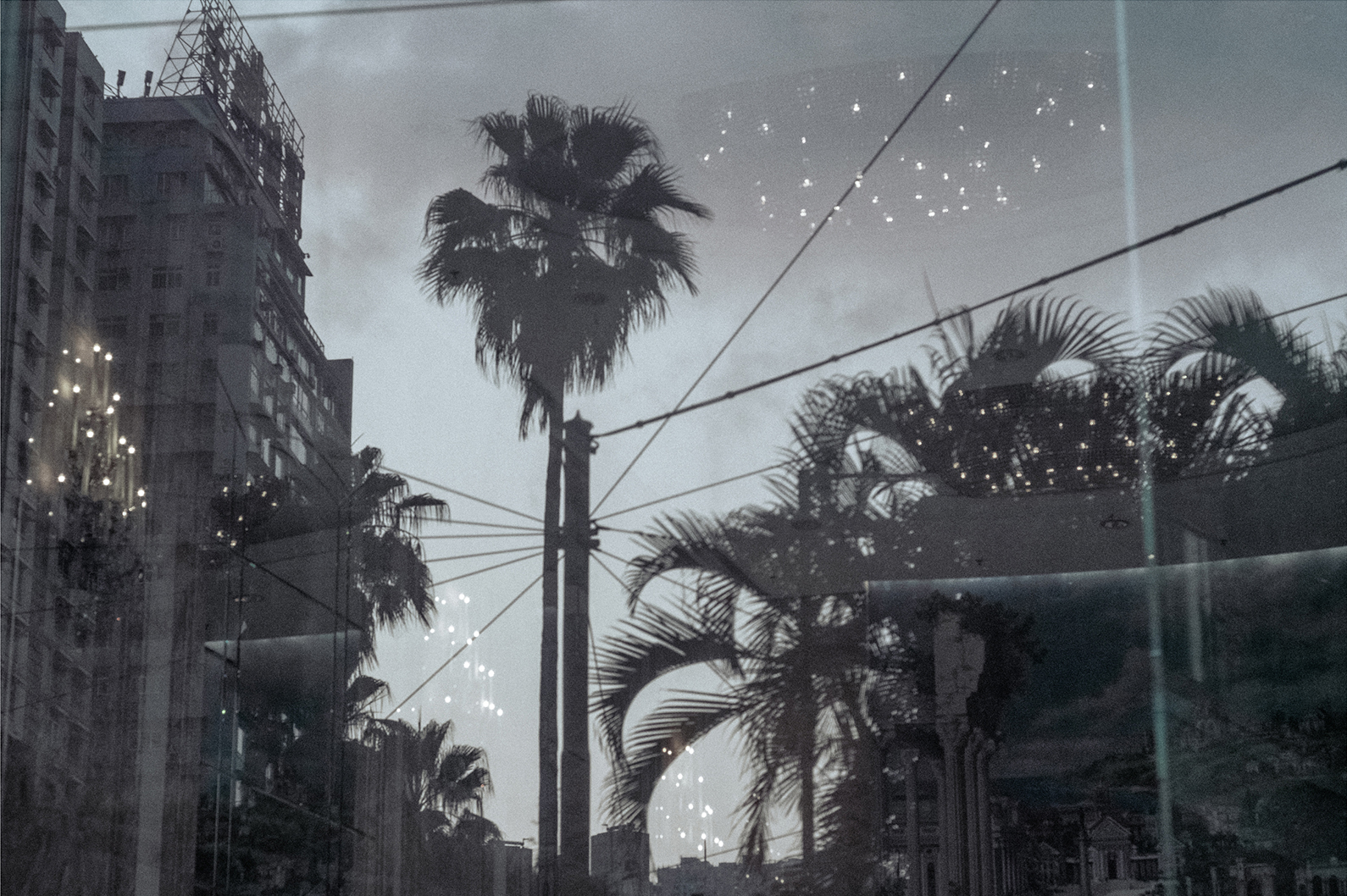
Can you tell us a bit more about your process?
I am often asked how I manage to show a crowded city like Hong Kong without any human activity. I usually take long walks, alone in the early morning. It’s like in Dziga Vertov’s film, ‘Man with a Movie Camera’, before the city awakes. This meditative and contemplative practice allows me to find peace and to concentrate. It’s also a reminiscence of early photography when photographers had to use very long exposure time. I could achieve this with a tripod but instead, I use a small camera so I can take photos very fast without having to stop. Suddenly there is a photography, click, one more step and it’s gone. Taking pictures this way makes everything very intuitive. I also enjoy taking photos on train rides because of this and the panoramic vision it offers.
Even when I work with a digital camera, I never preview my images. It’s a habit I keep from film photography. I like the latency between the image taken and the moment I discover it in the darkroom or on my computer, sometime days or even weeks later. I guess trace and memory are inherent to my photographic practice. After that, what takes most of my time is the selection and development process. I work on sequences, with multiple images at the same time. For me, a single photograph, no matter how good or powerful it is, is quite meaningless. Images need to work in relation with each other to form a narrative. Books and exhibitions are important for this purpose because it let the viewers embrace a body of work.
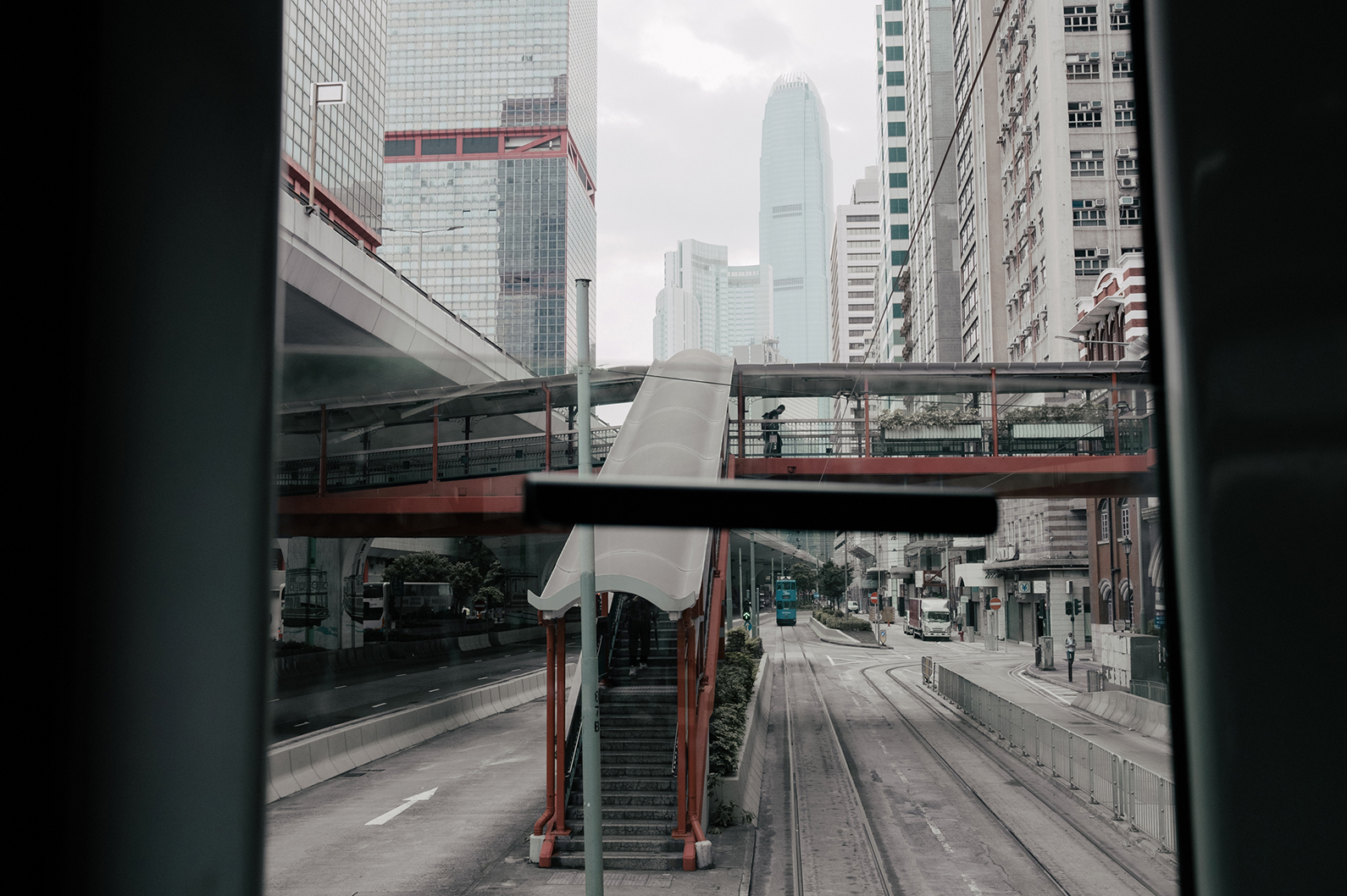
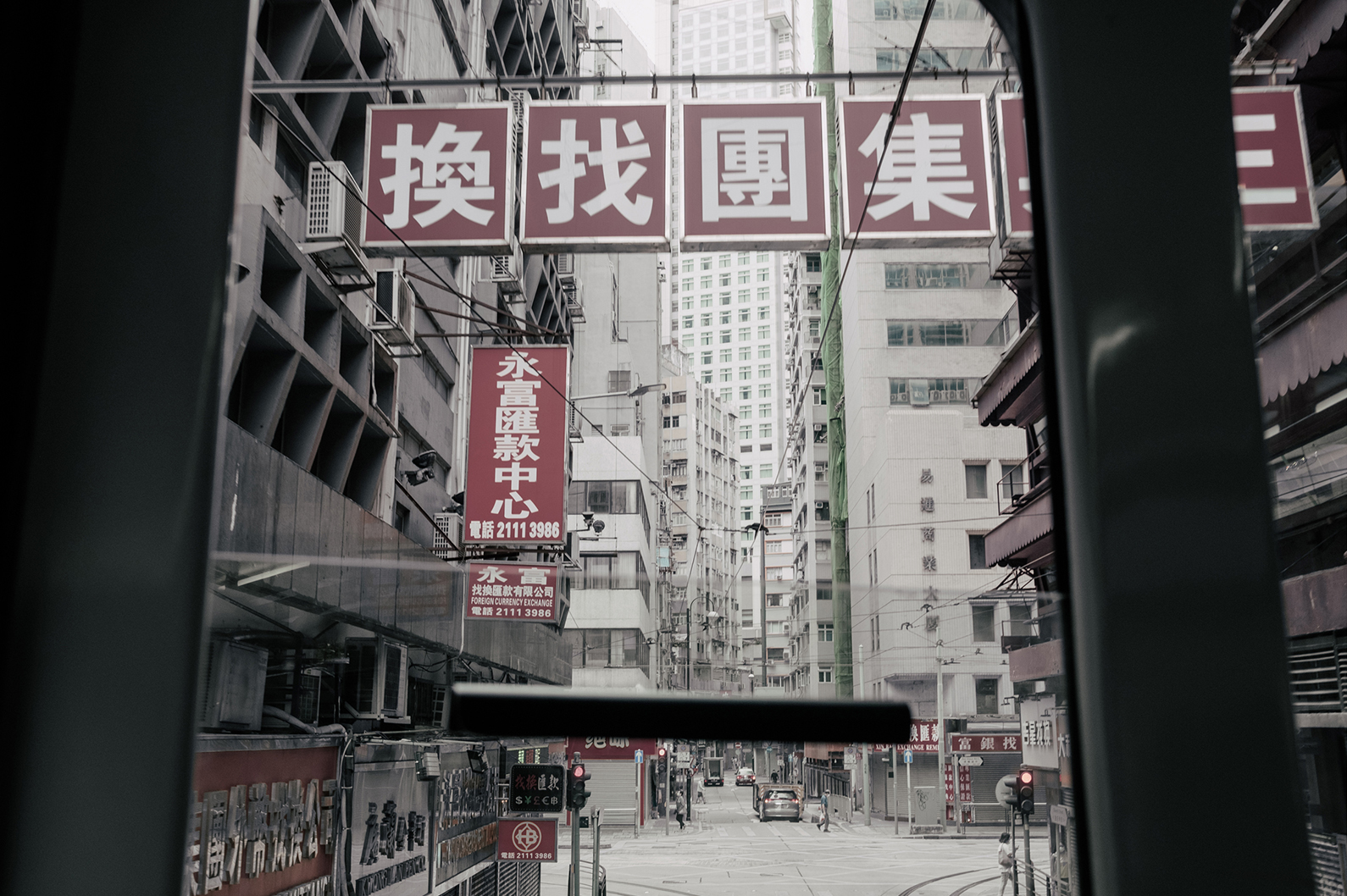
What would be your dream creative project?
For years, I dreamed about a multidimensional immersive project that would inscribe itself in the landscape. Hong Kong could be a good place to do this but the support for photography is not very strong, so it’s a bit out of reach for now. Book projects, exhibitions are also on my mind.
Who is your photography hero and why?
There are many photographers I admire. Besides Bernard Plossu and others, I have already mentioned, my taste is quite eclectic and range from Josef Sudek to William Eggleston, William Klein, Jungjin Lee, etc. In their own way, they all represent what photography is about. Recently, I joined Instagram which gave me the chance to discover a lot of very talented photographers from all over the world. Gilles Guichaoua, Jade Joannès, Pierre Javelot from France, Panagiotis Kalkavouras from Greece, Musabbir Chy from Bangladesh, Thieu Riemen from the Nederland, Al Brydon from the UK, Vicente Fraga from Spain, Jana Sojka from Poland/UK, Antoni Benavente from Italy, just to name a few. I just wish there were a true online platform dedicated to photography.

